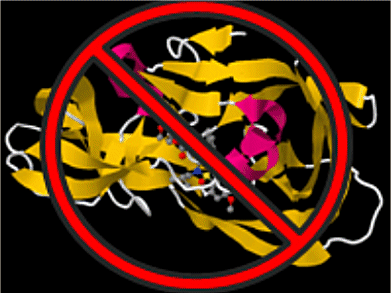HIV-1 protease inhibitors were added as a component of highly active antiretroviral therapy (HAART) in the mid-1990s, and have played a key role in that treatment regimen ever since. However, the emergence of multidrug-resistant HIV strains requires the discovery and design of conceptually new therapeutics for the treatment of patients infected with multidrug-resistant HIV strains. In addressing this issue, the research group of Arun K. Ghosh at Purdue University, along with collaborators at Georgia State University, Kumamoto University in Japan, and the National Cancer Institute, developed stereochemically defined, fused tetrahydrofuran (THF) ligands based on the X-ray crystal structures of HIV-ligand complexes.
The fused THF ligands contain five contiguous chiral centers, and were synthesized in optically active form by enzymatic resolution, radical cyclization, and stereoselective reduction as key steps. The resulting HIV-1 protease inhibitors are designed to interact specifically with protein backbone atoms by hydrogen bond formation and by filling the hydrophobic active site pocket. One compound in particular, GRL-0519A, shows remarkable protease inhibition and antiviral activity. Moreover, this compound is extremely potent against various multidrug-resistant HIV-1 variants, with IC50 values ranging from 0.6 to 4.3 nanomolar. In fact, GRL-0519A is at least 10-fold better than darunavir, an FDA-approved HIV protease inhibitor that emerged from previous research by Ghosh’s group.
- A. K. Ghosh,* C.-X. Xu, K. V. Rao, A. Baldridge, J. Agniswamy, Y.-F. Wang, I. T. Weber, M. Aoki, S. G. P. Miguel, M. Amano, H. Mitsuya,
ChemMedChem 2010, 5 (11).
DOI: 10.1002/cmdc.201000318[Received July 28, 2010; published online September 8, 2010; will be published in Issue 11 (November)]




